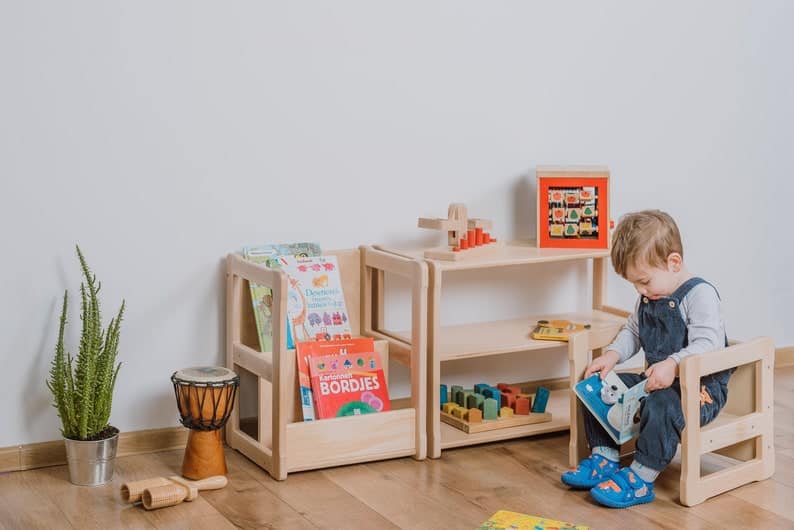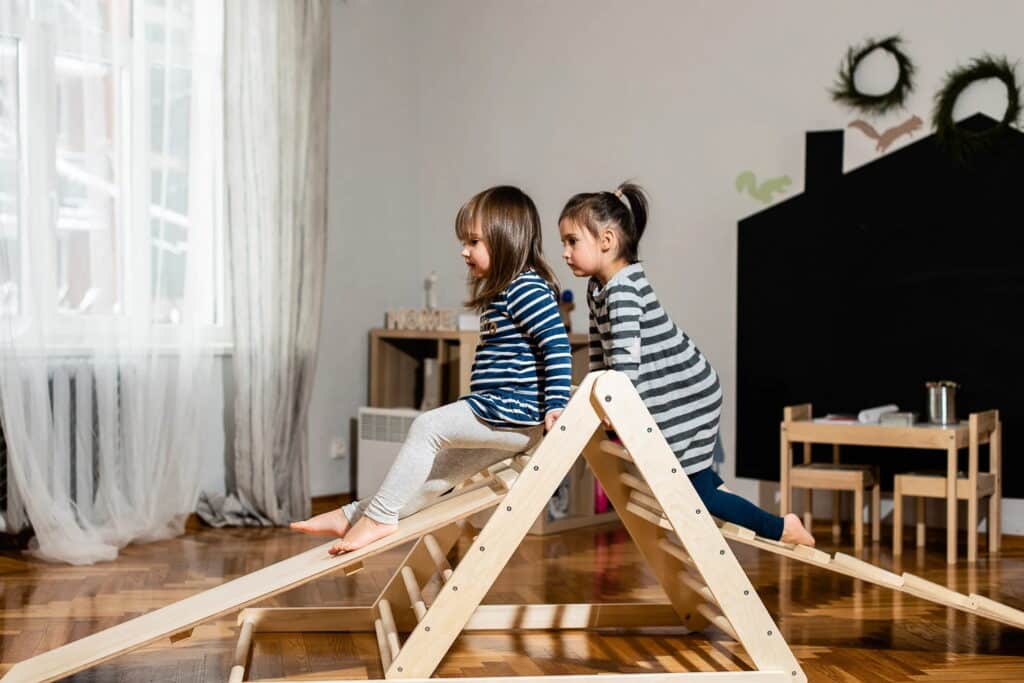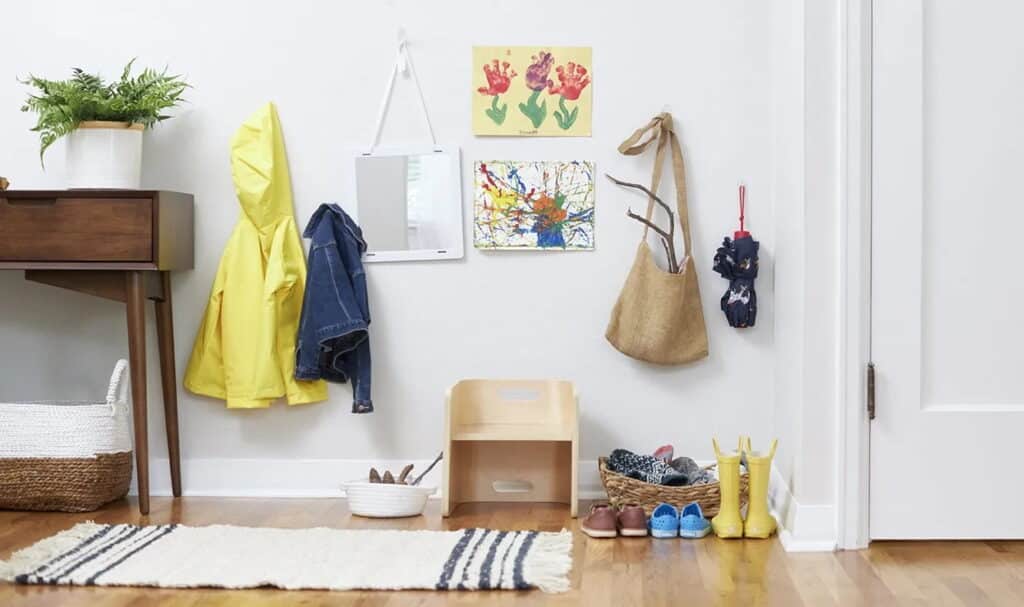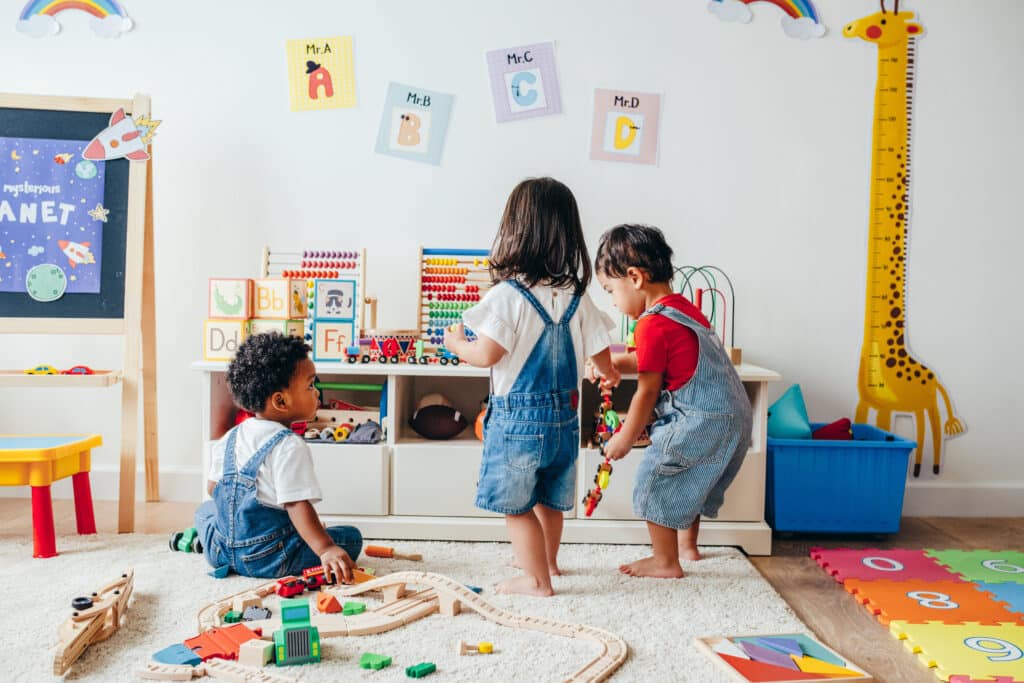All parents are aware that their children must enroll in kindergarten after three or need to learn more about life before this age. In addition to learning about the new world, learning the way of life, and meeting new people from their peers. But have you ever wondered what education your children receive in kindergarten? The Montessori and Pikler methods are two of the most popular of these methods, and they’re more than a century old. In these methods, teachers try to provide education based on the principles governing natural development as well as the individual needs of each child according to group games as well as individual activities for children. Also, the atmosphere and architecture of the place are important points too. These days, the Montessori and Pikler methods are being taught in most preschools and kindergartens in most countries. In this article, we want to discuss these two methods, what are the differences between them, and how they can be useful for your child.

Where did the Montessori method come from and what does it mean?
The founder of the Montessori method was Dr. Maria Montessori. She was the first girl to become a doctor in Italy. Because many hospitals and health centers weren’t willing to hire her, she had to accept the care of one of the centers for disabled and sick children. While working at the center, she noticed the children’s educational programs and realized that they weren’t given a free opportunity to experiment. Because she was interested in doing something in this field, she returned to university and studied education and sociology, and became acquainted with educational models and methods.
Then, instead of the existing educational programs, she introduced a new model for children, which is the same Montessori method that we are talking about today. Montessori is a method that has been created based on cognitive learning and based on creating knowledge or changing insights that have been created in the child’s mind from the past. Placing insight, discovering and solving problems, and inner flow are among the most important features of Montessori. There’s no need for children to memorize the content in this method because they are taught the content only by creating internal motivation.
Pikler Method and Its Main Definition
After the end of World War II, Amy Pikler was a Hungarian pediatrician who introduced a new philosophy of early childhood care and learning for children up to 3 years old. After the birth of her first child, she asked questions such as: What happens if a child is allowed to grow freely? Thus, she presented a new method that’s become one of the most important approaches in architecture today.
According to the Pikler method of education, in the case of teaching children, care for the child’s physical health is provided while providing emotion, but in this approach, the individuality and autonomy of children are greatly emphasized. This facilitates the free development of children. In this approach, adult intervention is largely unnecessary, and the design of environments is very careful with the child experiencing space while moving freely.

Advantages of Montessori Method over other Educational Methods
- The Relationship between Practical Life and Life Skills
In practical life, children are taught how to use personal tasks as well as their daily activities in normal life. Therefore, the Montessori method is referred to as a “scientific-educational” method that focuses on the developmental stages of the child from infancy to adulthood. At each stage of this training, the child is learning difficult and sensitive skills that will help him to get rid of problems at different stages of life. Skills such as tying his shoes, gathering things, etc, each of which can have a great impact on his life in the future.
- Learning by the Five Senses
Many people who are aware of the Montessori method believe that young children experience different senses during their lifetime and that each stage of these senses prepares them to acquire important life skills. If you are a little curious about this educational method, you’ll find that many researchers know the development of these senses at the age of 2 to 6 years more than ever. Because at this time the tendency to use these senses in children has increased, and they are trying to complete them. So the Montessori method is designed to learn the sense of touch, seeing, hearing, and movement in different ways and use it.
- Child Social and Group Development
If you’ve enrolled your child in a kindergarten or preschool whose teaching principles are based on the Montessori method, you should be aware that in most classrooms, children are divided into different age groups and different social customs and They’re also taught to help fellow human beings. Children in these groups also learn how to treat their older and younger friends and use these teachings to expand their social relationships. In general, educational institutions try to teach children the customs of other countries and also to make them aware of the way of life of animals.
- Montessori Method of Mathematics Education
You should be aware that the Montessori method of teaching mathematics has a special program for children and teaches them to count so that in the future they’ll be able to count hard objects such as colored beads. Of course, you should know that this isn’t the only part of teaching mathematics, and teachers explain abstract mathematical concepts tangibly and attractively to children. Intangible mathematical concepts are seen, touched, and felt in Montessori, thus providing a deeper understanding of them.

Important points in designing the necessary spaces in the Pikler method
- Wade design
To grow freely, young children need a free and fluid space because it is the “vacuum” that allows them to move and develop their motor skills.
- Be Careful with the Flooring
The floor acts as a support as well as a base for exploration, so the rooms must be covered with a hard floor so that babies can stand (and eventually take their first steps). While at the same time contributing to their safety and upright posture, another point to note is that the floor must have the desired temperature, so cold material must be avoided. The most common recommended solution is to use a wooden floor.
- Safe Furniture
Because children will be able to move freely in the environment, it’s important to consider that they’ll climb, push, pull, and touch from whatever device is available to them. For this reason, the use of furniture for kids, preferably fixed and without wheels, is essential, especially in case it’ll be toddlers’ furniture.
- The Importance of Silence
A calm (and quiet) environment is very favorable for the normal growth of children. It creates more focus and also helps with learning.
- Pikler Tunnel
These cubes are independent and can be configured in a variety of ways and create a variety of paths. Therefore, in addition to the need for physical activity, they also stimulate imagination and creativity. The measurement of each cube is on average 50 cm at each edge.
- Pikler Triangle
The Pikler Triangle was created to encourage children to follow their instincts by climbing mountains and hanging objects safely. It allows children to acquire skills such as motor coordination, physical strength, balance, and agility.
- Pikler Bridge
This bridge is built for children up to 3 years old, helping to coordinate movement and autonomy.
- Pikler Semicircle
This is one of the most diverse objects developed by this method. It can be used as a swing, ladder, stool, coffee table, tunnel, bridge, cottage, and so on.

Montessori and Pikler Differences
One of the main goals of the Montessori education method is to teach children to use the five senses, not just to hear, read and see. When children are trained in Montessori, they can easily choose their favorite activities from the hundreds of choices between different subjects. As mentioned earlier, children in Montessori classrooms are divided into different groups, and older children are allowed to pass on their knowledge to younger children.
Montessori educators always provide conditions and activities for children that can be done individually and in groups, and teachers only play a guiding and supportive role for them. On the other hand, the Pikler approach is more focused on the atmosphere of learning and the tools that should be used in this regard. This method believes that the things that community and tools can teach children are more practical. Also, this method is more focused on children before age 3.
Importance of Different Dvelopmen of your child
Understanding the importance of space for the physical and mental development of children (especially young children), it’s necessary to consider the criteria set by important scientists such as Emmi Pikler or Maria Montessori. Both believed that exploring freely in a safe and secure environment would affect how children interact with themselves and others in the future. So, if you are designing spaces for children aged 0 to 6, we believe this article can be very useful for you. Also, for having the best learning tools, and educational toys, you can check out our online store. From all types of educational toys for toddlers and climbing toys to any types of pickler climbers and climbing triangles, all are available.














